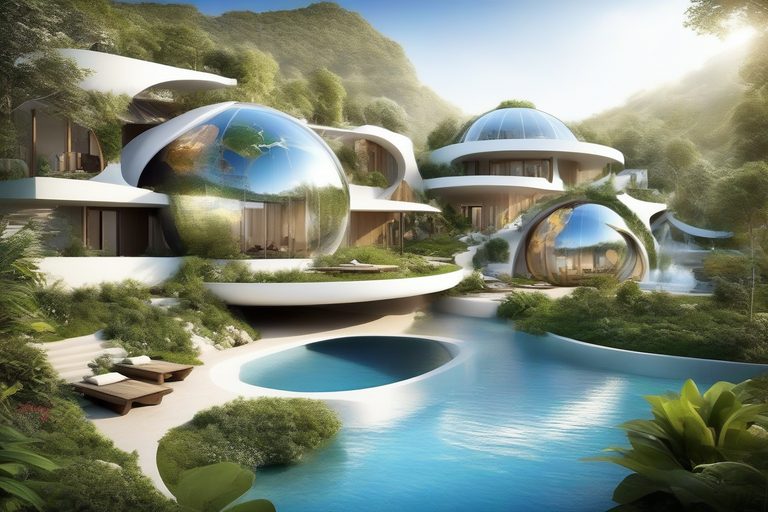It’s crucial for our future health and prosperity to prioritize using eco-friendly, sustainable building materials in all construction projects.
Ferrock, a material developed at the University of Arizona, is gaining attention in scientific journals for its potential to revolutionize buildings and infrastructure. It is more robust and more environmentally friendly than concrete. The material was created by doctoral student David Stone, who won an innovation contest with his cement substitute from waste steel dust. Stone was awarded a patent in 2013 and started a company called Iron Shell to commercialize Ferrock. The material is made from recycled steel dust and pulverized glass, with 95% of its components being recycled. It is stronger than concrete and can pull carbon dioxide from the air when it hardens, reducing pollution.
Ferrock A Better Solution than Cement?
Ferrock can replace cement, a significant source of air pollution. Small-scale projects using Ferrock have already been successful, but larger-scale implementation will require a more reliable source of waste steel. Research into Ferrock and other sustainable building materials is encouraged as the need for greener alternatives becomes increasingly crucial in the face of global warming.
By choosing materials such as Ferrock that are renewable, recyclable, and non-toxic, we can create structures that benefit our lives without causing harm to people, animals, or the environment. When we opt for sustainable building materials, we protect the air we breathe, the water we drink, and the food we eat. Not only do eco-friendly materials promote a healthier living environment, but they also reduce our carbon footprint and help combat climate change. By investing in sustainable building materials, we are proactively safeguarding the health and well-being of current and future generations. Additionally, eco-friendly materials can lead to long-term cost savings, as they often require less energy and resources to manufacture and maintain.
Ferrock is a sustainable material made by combining waste steel dust, which is typically discarded, with silica derived from crushed glass. When this mixture is poured and comes into contact with carbon dioxide, it undergoes a reaction that forms iron carbonate. This iron carbonate then acts as a binder, effectively capturing and storing carbon dioxide from the surrounding atmosphere within the Ferrock.
Final Thoughts
Choosing sustainable building materials sends a powerful message about our commitment to environmental stewardship and sets a positive example for others. Whether incorporating recycled materials, using low-VOC paints and finishes, or opting for renewable resources like bamboo or cork, there are countless ways to make responsible choices in the construction industry.
By consciously prioritizing eco-friendly building materials, we can create a more sustainable and resilient built environment for all. Let’s prioritize building with materials that will protect and enhance our world, leaving a positive legacy for future generations.





